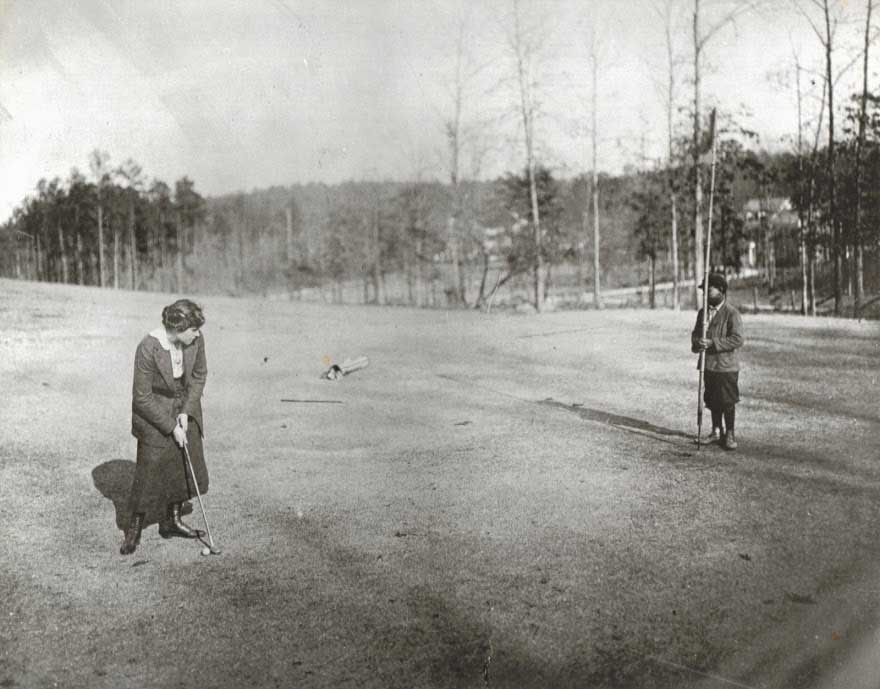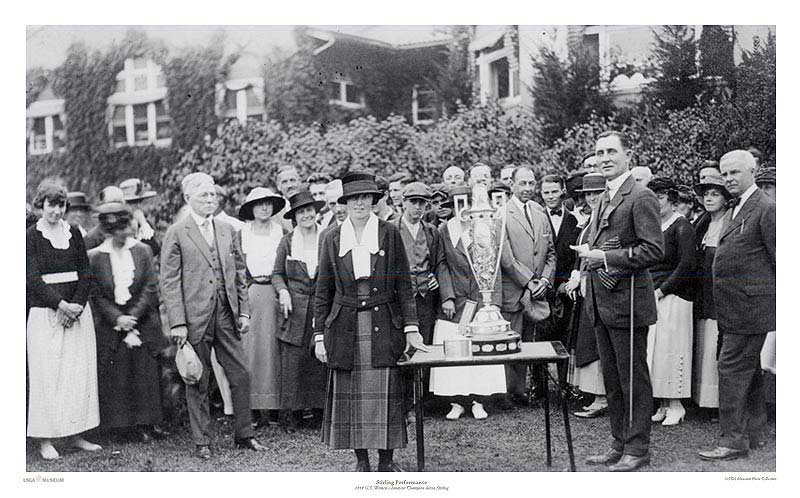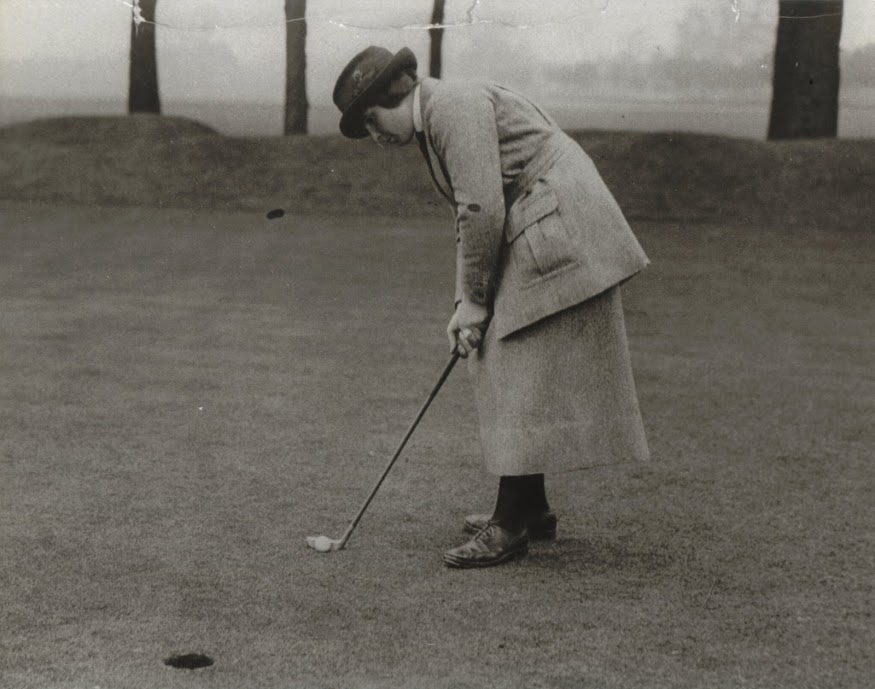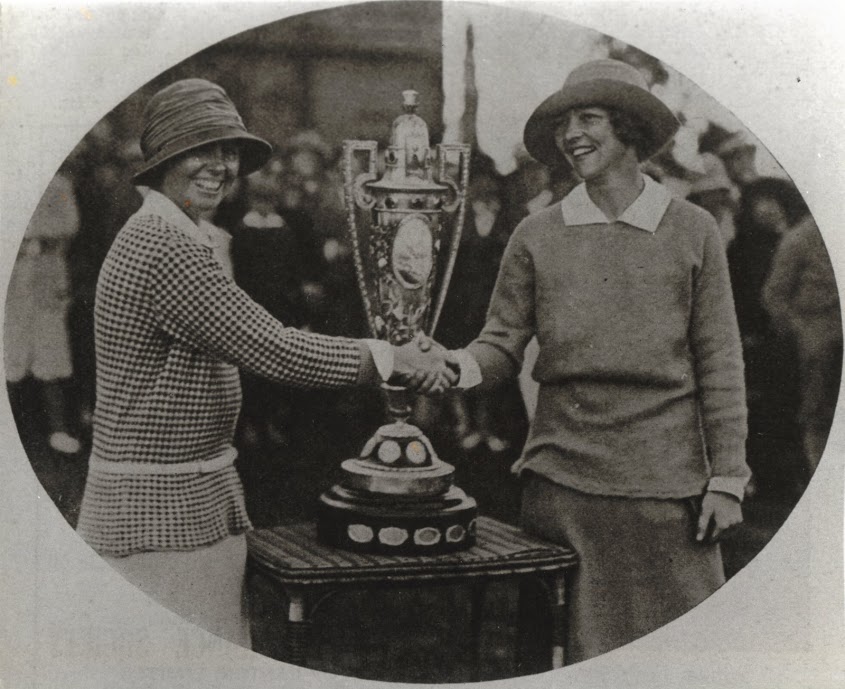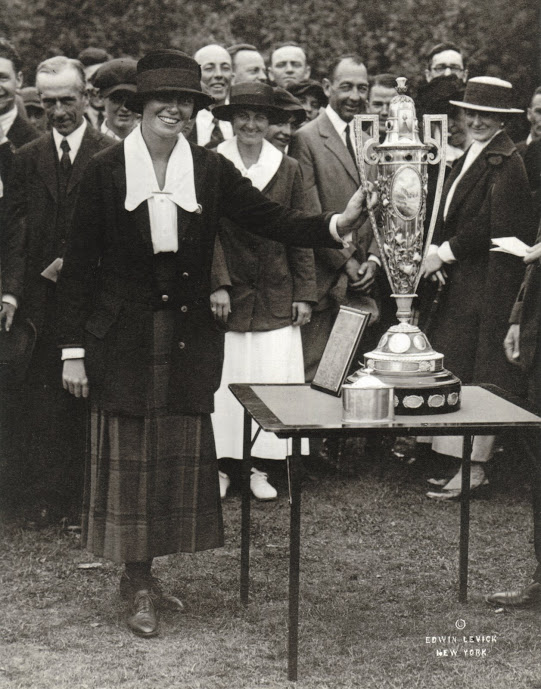The Womens Game Greatest Forgotten Champion Stirling
March 17, 2021
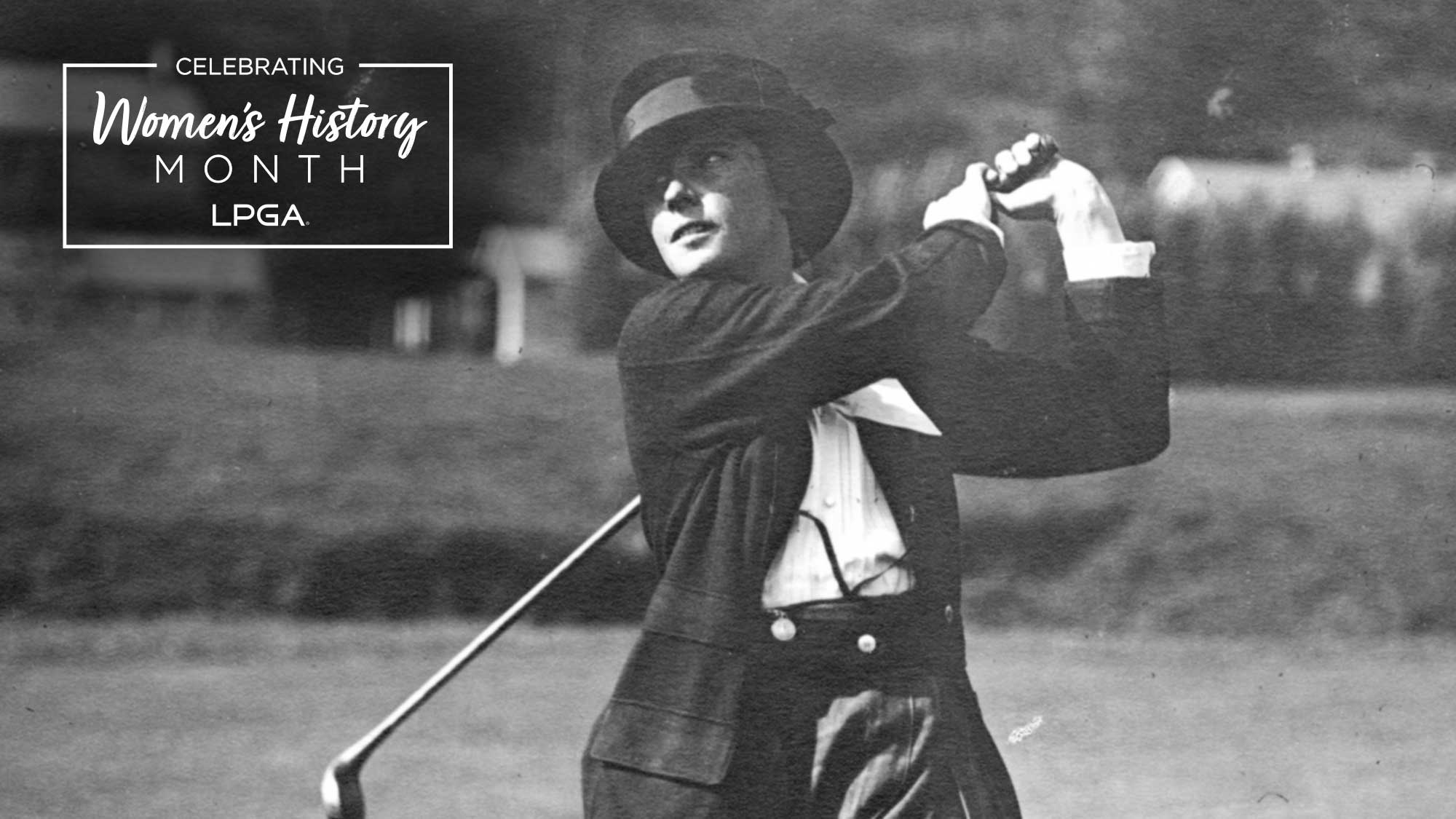
Steve Eubanks is a New York Times bestselling author and historian for the LPGA.
Women’s golf hardly began with the founding of the LPGA. In the 1500s, Mary Queen of Scots, known for her red hair and fierce disposition, kept a summer cottage in St Andrews and was such an avid player that she was dubbed “The Mother of Golf.” She is credited with inventing the word “caddie,” which was a carryover from the French “cadét,” young military trainees who carried her highness’s clubs as she was learning the game.
